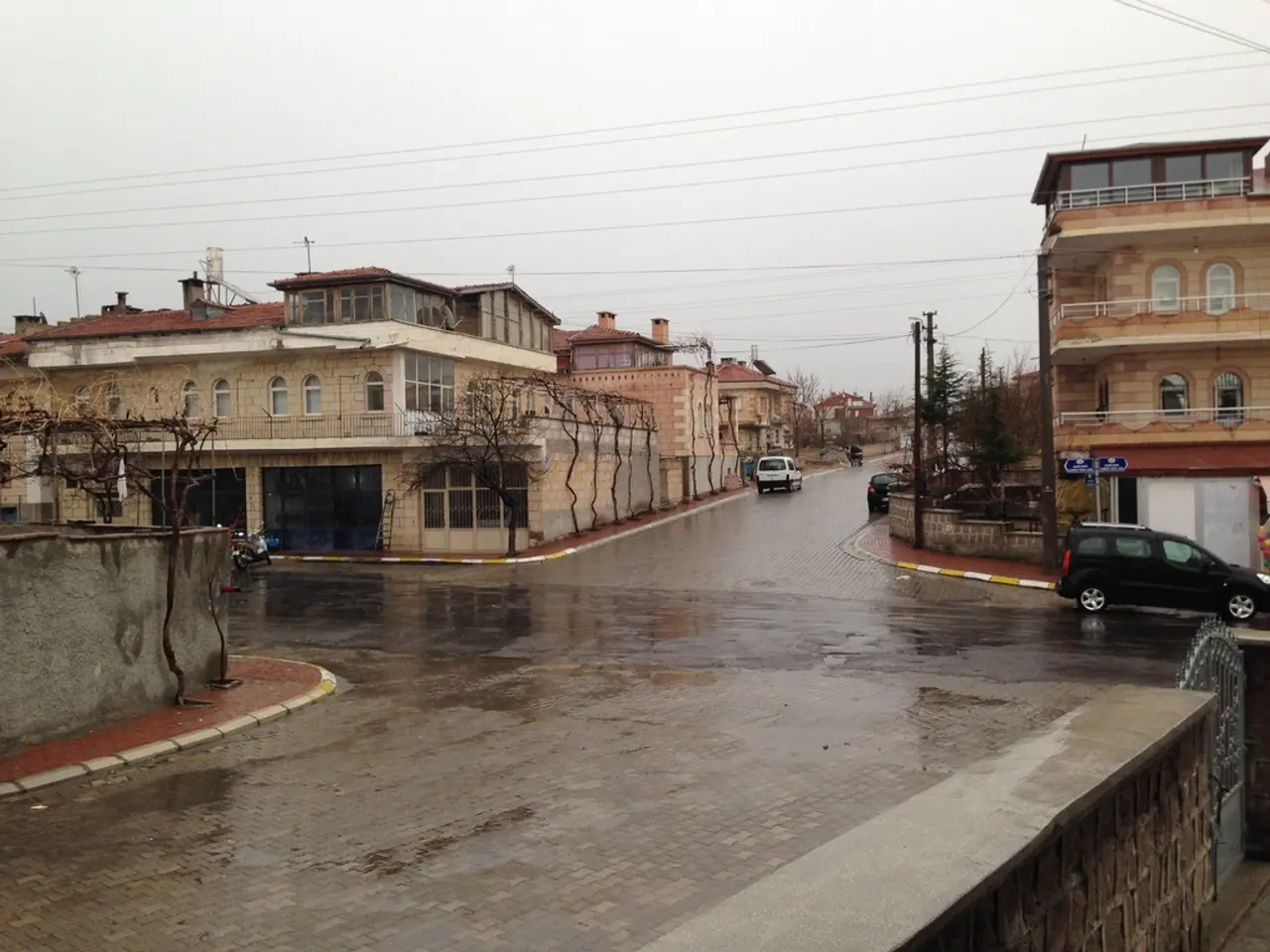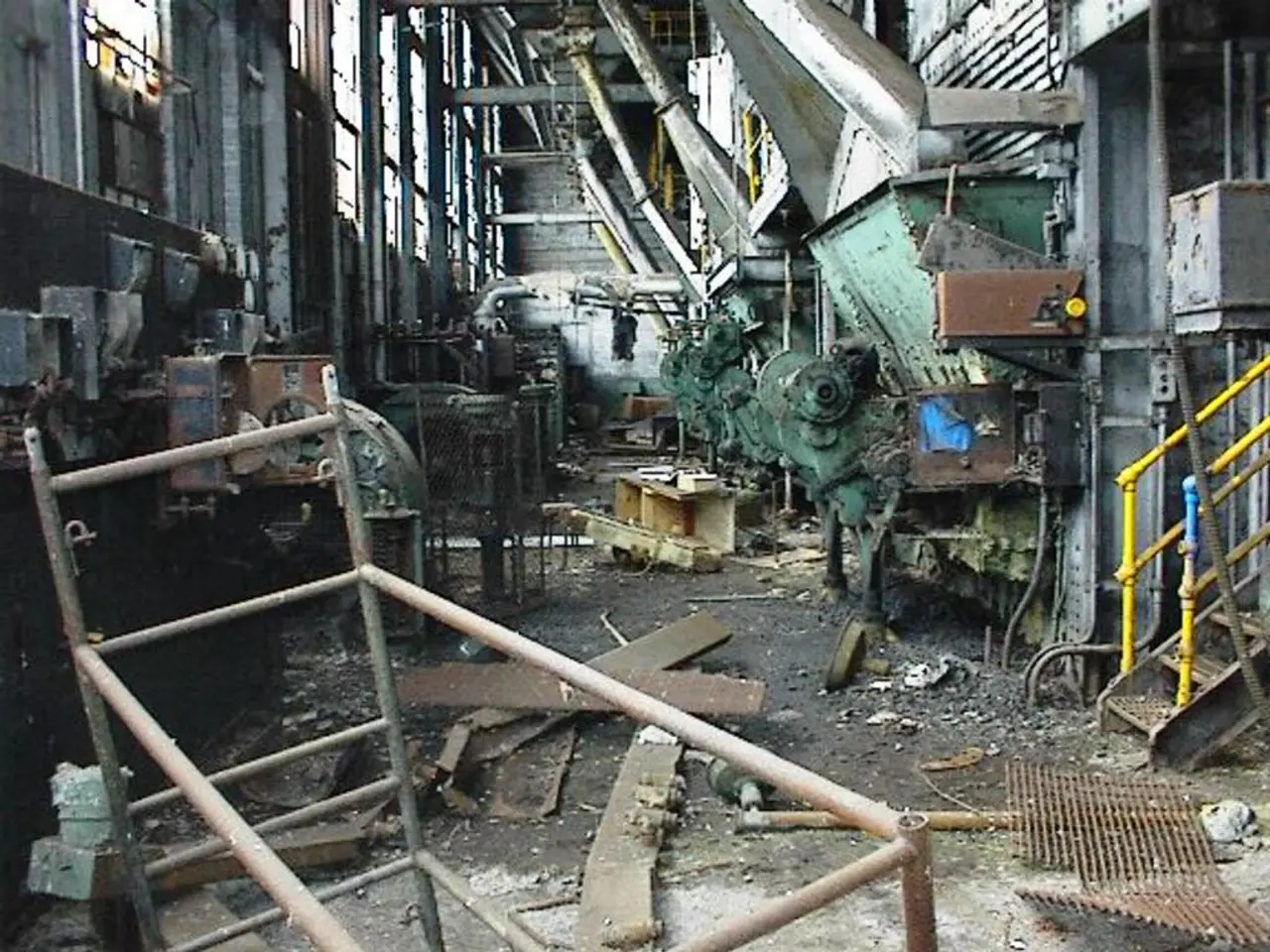Debut of Europe's Future Warfare Tanks Held in Paris
In a significant stride towards modern warfare, Europe is making significant advancements in its battle tank technology, as demonstrated at a recent exhibition in Paris. Projects like the Challenger 3 and the MARTE (Main Armoured Tank of Europe) initiative are at the forefront of these developments.
The Challenger 3, a formidable tank in the making, will be equipped with a 120 mm L55A1 smoothbore gun, ensuring commonality with other NATO tanks and enhancing firepower. An all-new turret and enhanced hull will offer better protection and mobility. New kinetic energy rounds, developed in collaboration with Rheinmetall, will further boost the tank's combat effectiveness.
The MARTE project, supported by 11 Ministries of Defense, aims to consolidate European capabilities in armored warfare. The project focuses on developing tanks with superior protection systems, able to counter evolving threats. Advanced sensors will be integrated to improve situational awareness and battlefield management. The project also emphasises coordinated firepower, leveraging advanced communication systems for more effective combat operations.
These technological advancements will significantly impact Europe's defense capabilities on the global stage. They will enhance defense autonomy across the continent, improve interoperability with other NATO forces, and allow future European battle tanks to adapt better to evolving threats. The collaboration among European defense companies under the MARTE project will drive technological innovation, fostering a competitive edge in the global armored vehicles market.
By developing cutting-edge battle tanks, Europe will enhance its geopolitical influence, particularly in deterring threats from other major military powers. Live demonstrations showcased augmented reality interfaces integrated within tank command centers, modular armor systems allowing for rapid adaptation to combat scenarios, and AI-driven targeting systems and enhanced stealth capabilities in prototype tanks.
Future battle tanks are being equipped with hybrid propulsion systems that combine diesel engines with electric motors, improving fuel efficiency and allowing for silent movement. The Main Ground Combat System (MGCS) project, spearheaded by France and Germany, aims to replace existing tank fleets with an advanced combat system that meets future battlefield demands.
The Paris exhibition set the stage for discussions on integrating these advancements into broader defense strategies. Collaborations among European nations are becoming increasingly essential to pool resources and expertise to develop state-of-the-art military hardware. The unveiling of Europe's next-generation battle tanks marked a significant milestone in modern warfare, symbolising both tradition and transformation in the world of armored warfare. Potential future developments include the integration of AI into tank systems, hybrid or fully electric propulsion systems, and intensified cross-border collaborations.
- Artificial Intelligence will be integrated into the tank systems of Europe's next-generation battle tanks, aiming to enhance combat effectiveness.
- By focusing on research and development in science and technology, Europe seeks to drive innovation in the global armored vehicles market through projects like the MARTE initiative.
- Sustainability is a key consideration in the development of Europe's modern battle tanks, as demonstrated by the hybrid propulsion systems being introduced.
- In sports, the collaboration and teamwork displayed in the development of Europe's next-generation battle tanks can serve as inspiration for athletes, highlighting the importance of working together for a common goal.
- As Europe advances its technology in tank production, the focus on superior protection systems and adaptability to evolving threats underscores the importance of research in the field of environmental science, ensuring the safety and welfare of both military personnel and the broader environment.




